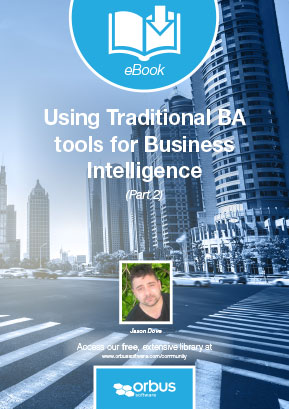In part 2 we look at more Business Analysis tools that can be amended to assist in Business Intelligence centric analysis, including the Boston Matrix and Five Forces.
The Boston Matrix is a tool used for product analysis and management which was developed by the Boston Consulting Group. Personally, I have used it myself for a variety of analysis style tasks beyond the validation of product market placement as it is great for anything with two attributes to compare and measure. In the case of the original Boston Matrix the two attributes are current market share and growth potential. The four boxes of the Matrix then present these two attributes in the four permutations.
When these two attributes are replaced with Market Share and Potential Growth, the traditional Boston Matrix is revealed. This traditional Boston Matrix describes the impact of market share and market growth as the two attributes. Each square has a descriptive name, which we’ll look at now in relation to the traditional market share application of the Boston Matrix.
Dogs
Dogs suffer from a lack of either attribute, which in this case means that the product being evaluated generates little in regard to cash and is in a slow growth industry.
Problem Children
Problem children have little market share in a high growth market. Products in the Problem Children square should be closely monitored as they are the most volatile and likely to either degrade to ‘Dog’ status or improve to be a ‘Star’. Both of which require different considerations and handling.
Cash Cows
Cash cows have high market shares within slow growth markets. These products are cash rich but are limited by residing in a low growth market.
Stars
Stars are firing on both attributes by earning a large percentage of a growth industry. This is obviously the ideal combination in its own right but also (usually) indicates opportunities to expand further.
Having covered the SWOT and RACI techniques in Part 1, Jason takes a look at three more Business Analysis tools that can be amended to assist in Business Intelligence centric analysis, including the Boston Matrix and Five Forces.
